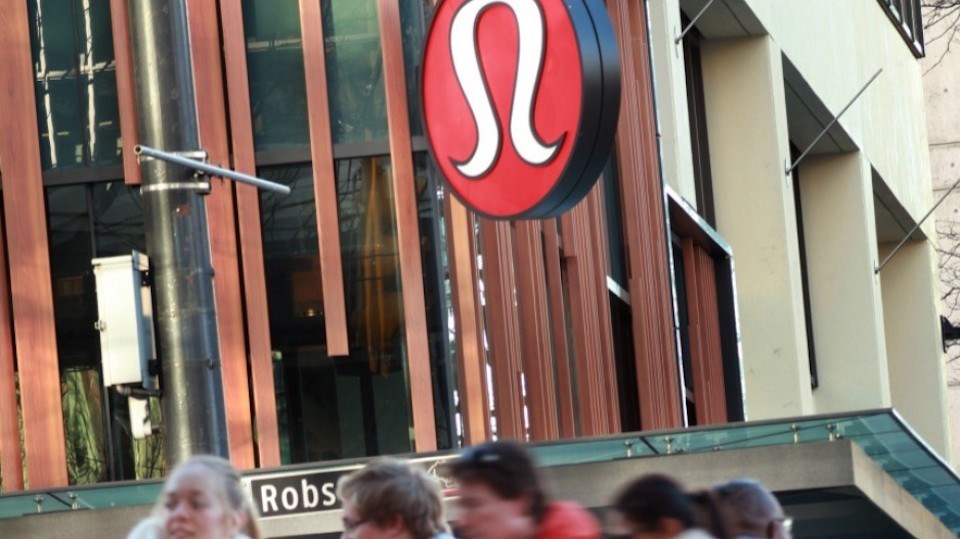A Piper Sandler survey of U.S. teenagers had good news for Â鶹´«Ã½Ó³»athletic clothing retailer Lululemon, as the teens ranked Lululemon as their second favourite clothing brand.
The investment bank upgraded Lululemon's shares (Nasdaq:LULU) to overweight from neutral in part because of its survey.
Nike was overwhelmingly teenagers' favourite apparel choice, with 31 per cent of 14,500 surveyed teens selecting that brand.
Lululemon and American Eagle each tied for second place, with six per cent of teens surveyed naming those brands. Tied for fourth spot was H&M and SHEIN.
Teenagers also gave high marks to Lululemon's e-commerce website.
While e-commerce juggernaut Amazon.com was unsurprisingly teenagers' favourite online retailer, the next favourite e-commerce websites, in order, were SHEIN, Nike and Lululemon.
The average age of was 15.8, with 52 per cent being boys, 46 per cent being girls and two per cent being non-binary.
Appealing to teenagers is important for brands because it bodes well for potential future sales. As teenagers age, and become more affluent, they are better able to spend more at businesses that they have an affinity for. Only 39 per cent of surveyed teenagers had a part-time job.
Lululemon CEO Calvin McDonald on a Sept. 1 conference call discussed his company's customer-acquisition strategy.
"The strategy is, obviously, bring them in – new guests – migrate them up, and expand and increase the share of wallet," he said.
McDonald has also been trying to broaden his company's customer base by appealing to men.
One initiative, for example, was to have Lululemon launch what he called a "digital flagship store" on JD.com, a popular online retailer in China.
"JD's customer base skews more heavily towards men, and represents a compelling new guest acquisition tool for us as we continue to grow our brand in the region," McDonald said.
Lululemon has historically aimed to appeal to younger and middle-aged women.
Former Lululemon CEO Christine Day, in 2009, told BIV in an exclusive interview that the company's target demographic was women aged around 32 years who were healthy and active.
“We know that when we build and design our stores toward her and around her that the brand is attractive to the core customer who is slightly older and a bit more affluent, but who wants to be that 32-year-old,” Day said.



